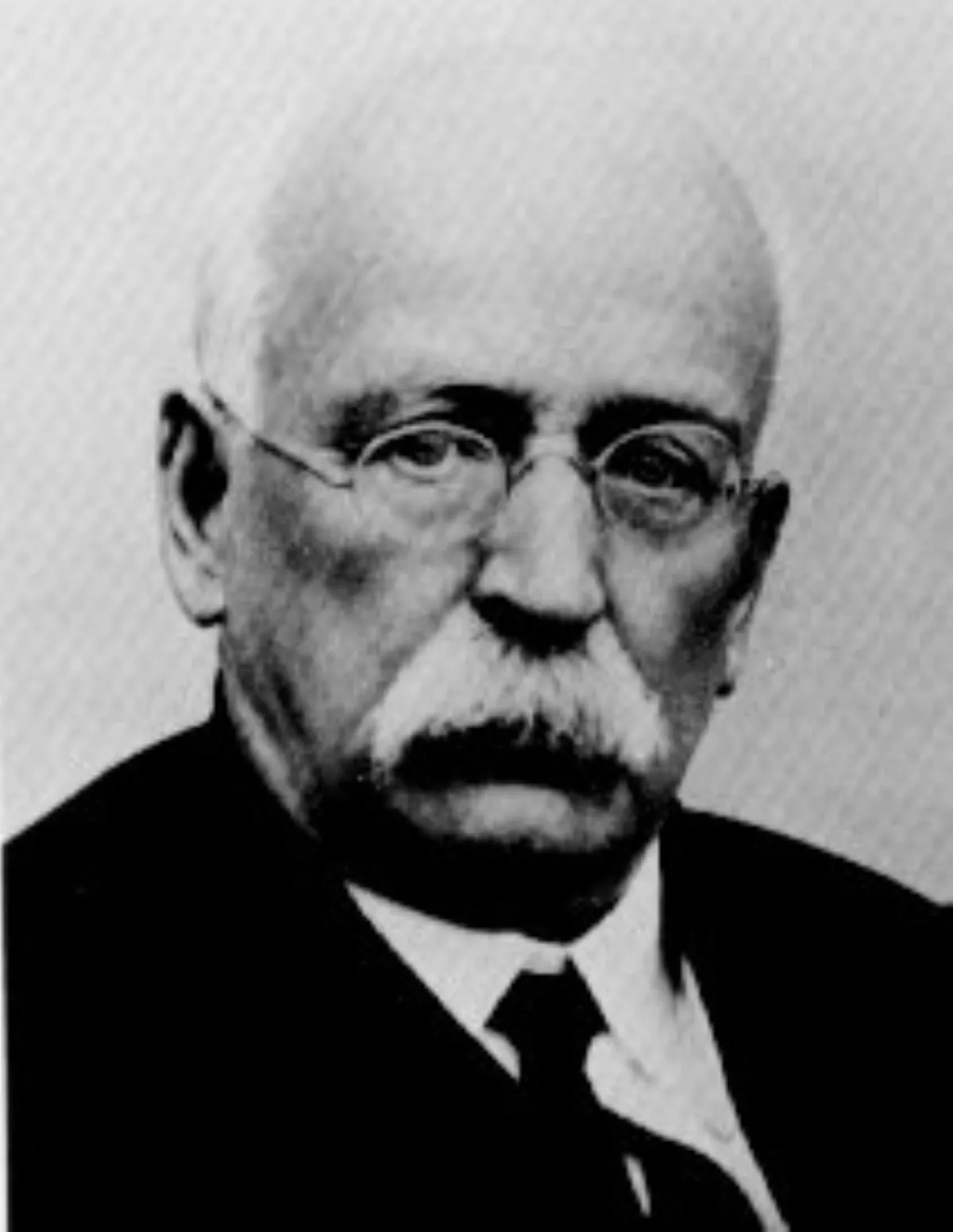 1.
1. Sir Ebenezer Howard was an English urban planner and founder of the garden city movement, known for his publication To-Morrow: A Peaceful Path to Real Reform, the description of a utopian city in which people live harmoniously together with nature.